Type of elimination reaction in which least substituted alkene is major product known as Hofmann's elimination. Such reaction occur in following conditions : (X) when base is bulky (Y) when leaving group is very poor such as fluoride, ammonium group (−⊕NR3) etc.
(Z) when alkyl halide contain one or more double bonds.





The correct Answer is:A
Topper's Solved these Questions
- HALIDESBOOK - HIMANSHU PANDEYCHAPTER - HALIDESEXERCISE - Linked Comprehension Type (Q.26 To Q.27)
2 Videos
- HALIDESBOOK - HIMANSHU PANDEYCHAPTER - HALIDESEXERCISE - Match The Column
13 Videos
- HALIDESBOOK - HIMANSHU PANDEYCHAPTER - HALIDESEXERCISE - More Than One Correct (Q.26 To Q.50)
25 Videos
- GENERAL ORGANIC CHEMISTRYBOOK - HIMANSHU PANDEYCHAPTER - GENERAL ORGANIC CHEMISTRYEXERCISE - Subjective Type Problems
19 Videos
- ISOMERISMBOOK - HIMANSHU PANDEYCHAPTER - ISOMERISMEXERCISE - Subjective Type Problems
11 Videos
Similar Questions
The removal of two atoms or groups one generally hydrogen (H+) and the other a leaving group (L−) resulting in the formation of unsaturated compound is known as elimination reaction.

In E1 (elimination) reactions the C-L bond is broken heterolytically (in step 1) to form a carbocation (as inSN1 reaction) in which (L−) is lost (rate determining step). The carbocation (in step 2) loses a proton from the β− carbon atom by a base (nucleophile) to form an alkene. E1 reaction is favoured in compounds in which the leaving group is at secondar (2∘) or tertiary(3∘) Position.
In E2 (elimination) reactions two sigma bonds are broken and a π−bond is formed simultaneously.E2 reactions occur in one step through a transition state.

E2 reactions are most common in haloalkanes (particulary 1∘) and better the leaving group higher is the E2 reaction. In E2 reactions, both the leaving groups should be antiplaner.
E1cb (Elimination unimolecular conjugate base) reaction involves the removal of proton by a conjugate base (step 1) to produce carbanion which loses a leaving group to form an alkene (step 2) and is a slow step
2-Bromopentane is heated with potassium ethoxide in ethanol. The major product obtained is :
View SolutionIn elimination reaction, the major product is either Saytzeff (more-substituted alkene) or Hofmann product (less-substituted alkene) depending on the nature of the substrate and the nature of the
base. Which statement is correct about the following reactions ?

View Solution
Knowledge Check
Type of elimination reaction in which least substituted alkene is major product known as Hofmann's elimination. Such reaction occur in following conditions : (X) when base is bulky
(Y) when leaving group is very poor such as fluoride, ammonium group (−⊕NR3) etc.
(Z) when alkyl halide contain one or more double bonds.
Which of the following will not produce Hofmann's alkene as major product on reaction with strong base?A B
B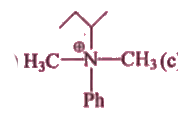 C
C D
D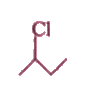
Type of elimination reaction in which least substituted alkene is major product known as Hofmann's elimination. Such reaction occur in following conditions : (X) when base is bulky
(Y) when leaving group is very poor such as fluoride, ammonium group (−⊕NR3) etc.
(Z) when alkyl halide contain one or more double bonds.
 A
A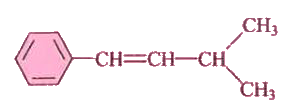 B
B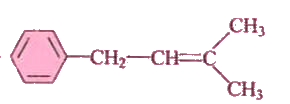 C
C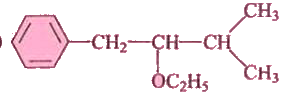 D
D
Type of elimination reaction in which least substituted alkene is major product known as Hofmann's elimination. Such reaction occur in following conditions : (X) when base is bulky
(Y) when leaving group is very poor such as fluoride, ammonium group (−⊕NR3) etc.
(Z) when alkyl halide contain one or more double bonds.
What is the major product of the following reaction?
H3C−C∣BrH−CH3∣CH−CH3∣C∣CH3−CH3Me3COөK⊕−−−−−−−→AH3C=CH−CH3∣CH−CH3∣C∣CH3−CH3BH3C=CH−CH3∣C−CH3∣C∣CH3−CH3CH2C=H2C−CH2∣∣C−CH3∣C∣CH3−CH3DNone of these
The removal of two atoms or groups one generally hydrogen (H+) and the other a leaving group (L−) resulting in the formation of unsaturated compound is known as elimination reaction.

In E1 (elimination) reactions the C-L bond is broken heterolytically (in step 1) to form a carbocation ( as in SN1 reaction) in which (L−) is lost (rate determining step). The carbocation (in step 2) loses a proton from the β− carbon atom by a base (nucleophile) to form an alkene. E1 reaction is favoured in compounds in which the leaving group is at secondar (2∘) or tertiary(3∘) Position.
In E2 (elimination) reactions two sigma bonds are broken and a π−bond is formed simultaneously.E2 reactions occur in one step through a transition state.

E2 reactions are most common in haloalkanes (particulary 1∘) and better the leaving group higher is the E2 reaction. In E2 reactions, both the leaving groups should be antiplaner.
E1cb (Elimination unimolecular conjugate base) reaction involves the removal of proton by a conjugate base (step 1) to produce carbanion which loses a leaving group to form an alkene (step 2) and is a slow step
2-Bromonbutane on heating with concentrated solution of alcoholic KOH gives major product as :
View SolutionThe removal of two atoms or groups one generally hydrogen (H+) and the other a leaving group (L−) resulting in the formation of unsaturated compound is known as elimination reaction.

In E1 (elimination) reactions the C-L bond is broken heterolytically (in step 1) to form a carbocation (as inSN1 reaction) in which (L−) is lost (rate determining step). The carbocation (in step 2) loses a proton from the β− carbon atom by a base (nucleophile) to form an alkene. E1 reaction is favoured in compounds in which the leaving group is at secondar (2∘) or tertiary(3∘) Position.
In E2 (elimination) reactions two sigma bonds are broken and a π−bond is formed simultaneously.E2 reactions occur in one step through a transition state.

E2 reactions are most common in haloalkanes (particulary 1∘) and better the leaving group higher is the E2 reaction. In E2 reactions, both the leaving groups should be antiplaner.
E1cb (Elimination unimolecular conjugate base) reaction involves the removal of proton by a conjugate base (step 1) to produce carbanion which loses a leaving group to form an alkene (step 2) and is a slow step Neopentyl bromide undergoes dehydrohalogenation to give alkene even though it has no β−hydrogen.This is due to :
View SolutionThe removal of two atoms or groups one generally hydrogen (H+) and the other a leaving group (L−) resulting in the formation of unsaturated compound is known as elimination reaction.
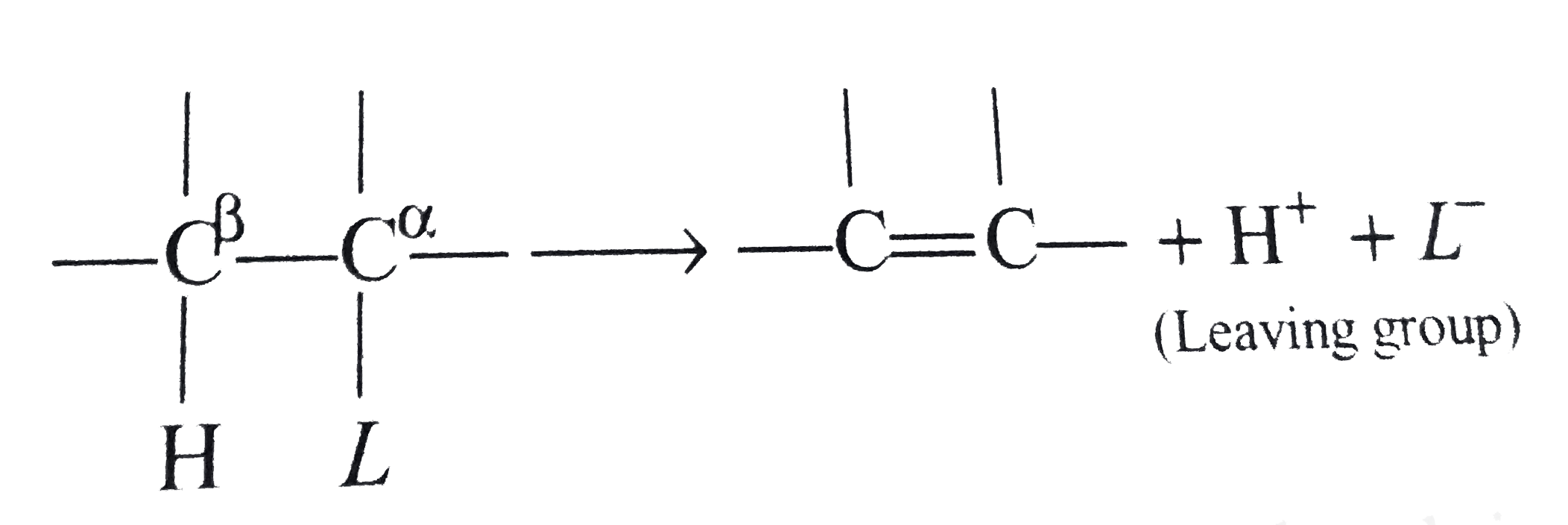
In E1 (elimination) reactions the C-L bond is broken heterolytically (in step 1) to form a carbocation ( as in SN1 reaction) in which (L−) is lost (rate determining step). The carbocation (in step 2) loses a proton from the β− carbon atom by a base (nucleophile) to form an alkene. E1 reaction is favoured in compounds in which the leaving group is at secondar (2∘) or tertiary(3∘) Position.
In E2 (elimination) reactions two sigma bonds are broken and a π−bond is formed simultaneously.E2 reactions occur in one step through a transition state.

E2 reactions are most common in haloalkanes (particulary 1∘) and better the leaving group higher is the E2 reaction. In E2 reactions, both the leaving groups should be antiplaner.
E1cb (Elimination unimolecular conjugate base) reaction involves the removal of proton by a conjugate base (step 1) to produce carbanion which loses a leaving group to form an alkene (step 2) and is a slow step
Isopropyl chloride on heating with concentrated solution of ethanolic KOH gives mainly:
View SolutionIn elimination reaction, the major product is either Saytzeff (more-substituted alkene) or Hofmann product (less-substituted alkene) depending on the nature of the substrate and the nature of the base.
Which statement is correct about the following reactions ?

View SolutionIn elimination reaction, the major product is either Saytzeff (more-substituted alkene) or Hofmann product (less-substituted alkene) depending on the nature of the substrate and the nature of the base.
Which statement is wrong about the given reaction ?
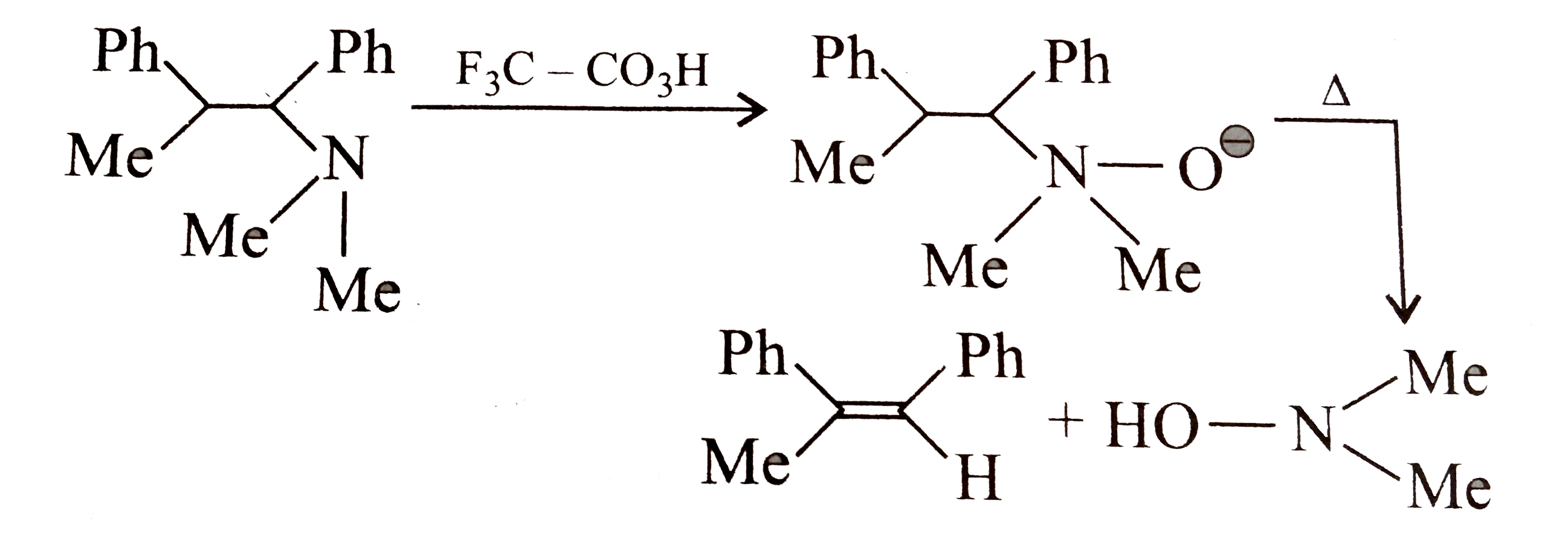 .
.
View Solution
